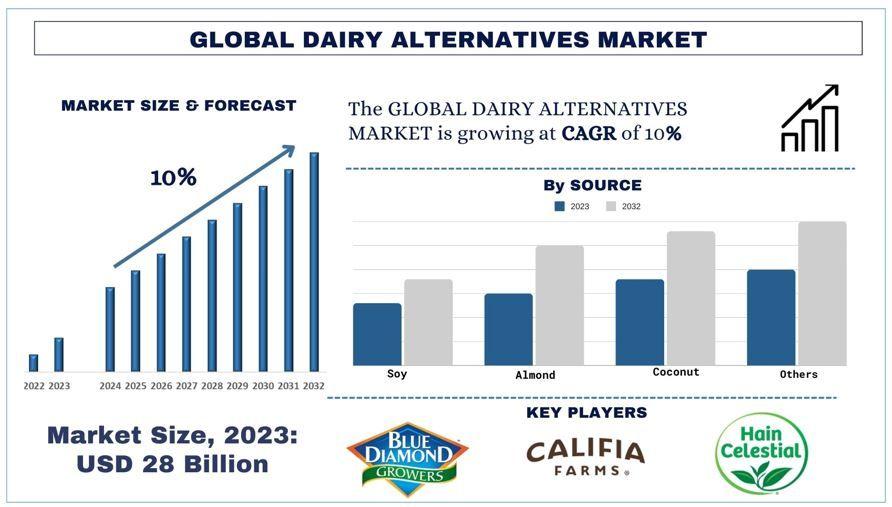The Biggest Sumo Wrestler in History: Giants of the Ring

Sumo wrestling is one of the most iconic sports in Japan, steeped in ritual and tradition that goes back over a thousand years. At its heart, sumo is about strength, balance, and technique, but one element often grabs the attention of fans worldwide—the sheer size of the wrestlers. Unlike sports with strict weight classes, professional sumo pits giants of all sizes against each other in the same division. This has given rise to some truly enormous athletes, leading many to ask: Who is the biggest sumo wrestler of all time?
The answer is Ōrora Satoshi, a Russian-born rikishi who weighed nearly 293 kilograms (646 pounds) at his peak, making him the heaviest professional sumo wrestler in history. Let’s take a closer look at his story and other giants of the dōhyō (sumo ring).
Why Size Matters in Sumo
Sumo has no weight divisions, meaning smaller wrestlers often face opponents twice their size. Naturally, bulk provides an advantage—heavier wrestlers are harder to push out of the ring and tougher to topple. However, size alone doesn’t guarantee success. Many of the greatest champions, or yokozuna, relied more on agility, skill, and timing than on sheer mass.
Still, the biggest wrestlers in history have always fascinated audiences, combining human strength with almost mythic proportions.
Ōrora Satoshi: The Heaviest of Them All
Born Anatoliy Mikhakhanov in Russia in 1983, Ōrora Satoshi moved to Japan as a teenager to pursue sumo. He debuted professionally in 2000 and quickly became famous for his extraordinary size. By 2017, he officially weighed 292.6 kg (645 lbs), setting the record as the biggest sumo wrestler ever.
Despite his size, Ōrora never rose to the top makuuchi division. His mobility and stamina were limited, making it difficult to win consistently against faster, technically skilled rivals. Still, his presence drew crowds, and his record-breaking weight made him a household name among sumo fans.
Ōrora retired in 2018 due to health concerns. In interviews, he later admitted that carrying so much weight had taken a toll on his body, leading him to adopt a healthier lifestyle after leaving the sport.
Other Legendary Giants
Ōrora may hold the record, but he is not the only massive rikishi to make history.
Konishiki Yasokichi
Konishiki, a Hawaiian-born wrestler, weighed around 287 kg (633 lbs) at his peak. Known as the “Dump Truck,” he became the first foreign-born wrestler to achieve the rank of ōzeki, the second-highest in sumo. His size and success made him one of the most recognizable sumo wrestlers worldwide during the 1980s and 1990s.
Yamamotoyama Ryūta
Often simply called “Yama,” this Japanese wrestler weighed about 265 kg (584 lbs) and was the heaviest Japanese-born rikishi in history. Unlike Ōrora, he competed in the top division and was known for his raw strength. After retiring, he transitioned into entertainment, appearing in TV shows and international events.
Akebono Taro
Standing 6’8” and weighing over 233 kg (514 lbs), Akebono wasn’t the heaviest, but his towering height and power made him one of the most intimidating figures in sumo. Born in Hawaii as Chad Rowan, he became the first foreign-born yokozuna (grand champion) and remains a legend of the sport.
Beyond Weight: The Role of Technique
While the biggest sumo wrestler naturally attracts attention, size is only part of the equation. Wrestlers like Chiyonofuji, who weighed about 120 kg (265 lbs), dominated the sport through speed, precision, and unmatched technique. His career showed that agility could overcome size, proving that being the heaviest does not necessarily mean being the best.
This balance between size and skill is what makes sumo so captivating. Matches are not just battles of mass but contests of timing, leverage, and mental strength.
The Lifestyle of Giants
Becoming a massive rikishi requires a strict routine. Wrestlers eat calorie-heavy meals, particularly chanko nabe, a hotpot filled with meat, vegetables, and noodles, often consumed in large quantities with rice and beer. Training is equally demanding, with hours spent on sparring, balance drills, and flexibility exercises.
The goal is to build not just weight but functional strength and stability. However, the extreme size of wrestlers like Ōrora also raises health risks, which often become more apparent after retirement.
Conclusion
The title of the biggest sumo wrestler in history belongs to Ōrora Satoshi, whose weight of nearly 293 kg set a record unlikely to be broken anytime soon. Alongside other giants like Konishiki, Yamamotoyama, and Akebono, he represents the awe-inspiring physical extremes of the sport.
Yet, while size fascinates fans, the true beauty of sumo lies in its blend of bulk, balance, and technique. The heaviest wrestler may capture headlines, but the greatest champions prove that sumo is about much more than weight—it’s about discipline, skill, and the timeless spirit of competition.






